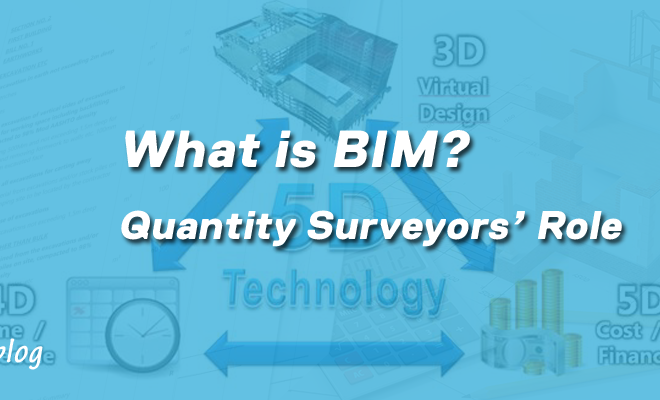How to Make Money with ArchiCAD Object Libraries and Templates
We have been teaching people online how to use ArchiCAD to develop building information models, construction documentation and drawings for their clients or schoolwork. Most people want to know other ways they can implement to make money with ArchiCAD, besides working for clients. In this article, we are going to discuss one sure technique of creating digital products that earn for your even when you are not on your desk actively working.
One sure way is to help other people to learn the software. This way, you can create video tutorials and lessons and share them online. There are very many beginner users who are looking for learning materials to get started on their journey.
ArchiCAD Objects
Also, you can create ArchiCAD object libraries, templates and scripts to help make the work of other users faster and more efficient. ArchiCAD objects are in big demand globally. There are so many building components and interior furniture that a client may want to put in their building. All these are not found in the default ArchiCAD object libraries that come with the default ArchiCAD installation.
To create a realistic model, one would have to create custom objects to accurately represent the building product they intend to have fixed or installed in the building to be constructed. Imagine if we had all building product lines, furniture, equipment and components from all manufacturers globally modelled into objects and readily available for use? That would save a lot of time.
Also, it would help us to create realistic models that contain data that will be useful throughout the lifecycle of the building.
To understand this better let’s first look at the concept of building information modelling and how an ArchiCAD model is structured to respond to the BIM methodology and way of working.
ArchiCAD and Building Information Modelling
Building information modelling is a digital-enabled way of working that encourages more coordination and collaboration amongst the professions of architecture, engineering and construction.
The delivery of construction projects usually happens in an environment where multivariate professions come together to work on a common goal. Creation, communication and sharing of information is a critical factor here that influences the success of the project. The quality of decisions a project member makes is highly influenced by the quality of the information they are relying on.
Therefore, if a BIM model is relied on, the quality of that model will greatly affect the quality of the project and many other decisions the project members will take.
ArchiCAD is a pioneer in building information modelling. It introduced the concept of modelling a building virtually in before going to build it on the ground. The 3D virtual model should be developed in a way that it contains all the information that a builder will need to construct the building.
This information includes but is not limited to the geometrical configuration of the building and building elements, cost data, structural performance data, material’s sound insulation ratings, fire resistance ratings, and component manufacturer details, among others.
ArchiCAD allows designers to create a virtual building model by assembling building elements, components, fixtures and fittings to form a whole. These are represented by the various Architectural design tools and MEP engineering components that are part of the ArchiCAD model structure.
Further, furniture, components, fittings and fixtures are modelled as objects, with doors, windows and curtain walling elements representing ArchiCAD library parts. The one characteristic these have is that they can be fully customised depending on the project requirements and tastes of the client.
Also, there are numerous manufacturers of these products which means many product iterations are available on the market. To create a very realistic building model, we need to have these products from different manufacturers all captured as objects or library parts and led in our project.
Currently, the makers of ArchiCAD have not provided us with exhaustive object libraries to match the products we have on the market globally. It is not economically feasible for them to do so. Therefore, there is a huge market gap and an opportunity for any talented designer to model these components, furniture and fittings from the various manufacturers into BIM objects.
Create and Sell ArchiCAD Object Libraries and Templates
We have seen the existence of a market gap and an entrepreneurial opportunity for talented architects and designers like you.
Templates are a great way to organise project work, with predefined presentation pre-sets, pen types etc. Coupled with custom objects to suit the local architectural market needs, they help architects and designers model faster and become more efficient while accurately representing the model as it is intended to be constructed.
Consequently, accurate BIM models will result in more accurate quantity and cost estimates generated by the quantity surveyors. This means more value for money for the project owners. Also, that data will be passed down to the facility management teams who will be in charge of the maintenance of the completed building.
It will form an important component for making maintenance-related decisions and plans. Overall, better buildings and a more sustainable built environment.
Therefore, I am inviting you to consider creating ArchiCAD object libraries and templates as a way of diversifying your income streams. Make sure to read Graphisoft’s guide to the ArchiCAD Library Part Maker plugin.
You can approach manufacturers of furniture, lighting fixtures, electrical fittings, and other building components and request them for their product catalogues. Then, start making 3D models of these products and converting them to object files that are compatible with ArchiCAD or any other BIM software such as Revit, Lumion, 3DS Max, Vray, etc.
Make Money on the BIM Marketplace (bimgoodies)
Congratulations for making it this far. I want to believe that you have created your first set of objects and are looking for a platform to share them with the rest of the AEC community. Ever heard of bimgoodies or the BIM Marketplace?
bimgoodies is an online global marketplace where you can sell ArchiCAD templates, object libraries, Revit families and collections, project files, PDF guides, and eBooks. Not just that, but also architectural presentation templates (e.g., Photoshop presentation templates), visualisation and rendering pre-sets for apps such as Vray, Lumion, and 3DS Max, among others.
All you need is a vendor account. You can start by registering as a vendor (seller) on the platform. Upon successful registration, you will be directed to a creator dashboard where you can start creating new products, tracking traffic to your products, number of impressions and volume of sales generated over time.

Create a new product, add product images and a product description explaining what your product is all about and how it can help a potential buyer. Your downloadable files should be packed in a zipped folder and uploaded to the platform. When a person clicks on your product link and makes a purchase, the files become available for them to download from their buyer dashboard. And that’s how you start making money!

Conclusion
A market gap exists in the construction industry for custom BIM objects to cover the wide range of building products (components, furniture, fittings and fixtures) that are available in the market globally. As an ArchiCAD BIM modeller, you can start making money by creating these customizable objects and selling them on the bimgoodies BIM Marketplace.
All you need is to dedicate some time to create awesome products, and then upload those files to the BIM marketplace as digital downloadable products. You can share the product links on social media to boost sales.
Also, the bimgoodies platform will help you by promoting the products to a global audience of professionals, builders, academics and students from the architecture, engineering and construction industries.
Would you like to reach a global audience of AEC professionals with your building information modelling products? Join the BIM Marketplace today.
Nzangi Muimi
I’m a Quantity Surveyor, Educator and the founder of QuantBuild Academy, the fastest-growing technology-focused YouTube channel online. I am passionate about construction information technology and the digitalization of the construction industry.
Related Posts
Leave a Reply Cancel reply
Search
Popular Categories
- ARCHICAD Tutorials (4)
- Construction (17)
- Construction IT (14)
- Construction Law (4)
- Cost Management (15)
- Tutorials (5)




